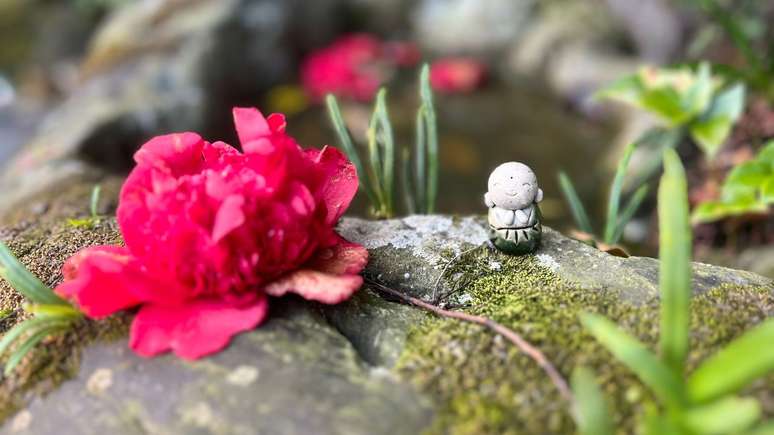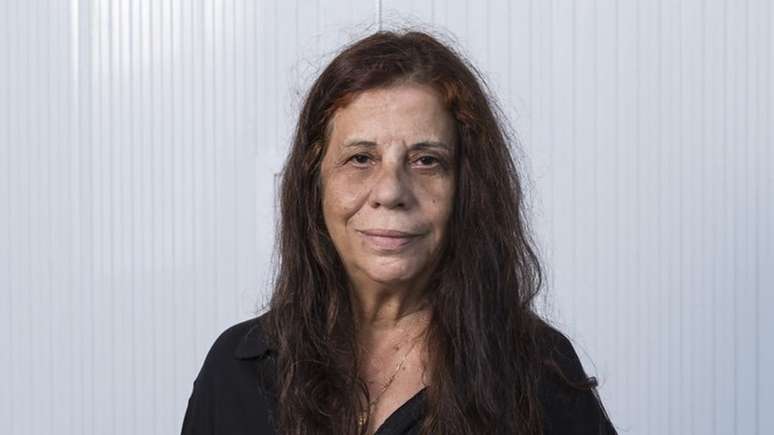A spiritual journey of 1,200 kilometers of the sacred temples of the island of Shikoku in Japan *by Ana Pessoa *
Shikoku (四国) Is the smallest and least populated of the four main islands of Japan and the scenario of the pilgrimage with the same name. The circular route, which completes 1,200 kilometers, is one of the most demanding in the world, with mountains, rocky beaches, caudal rivers and inhospitable forests, requires up to 60 days on foot or 25 by car or by bus.
Shintoism
The journey is sacred to the Shintoism (神道: Shintō), considered by his practitioners the indigenous religion of Japan and/or religion of nature. Today it is considered the way of being of the Japanese, being much more a philosophy that embraces and receives other religions, such as the Buddhismamong others.
Journalist and skeptic anthropologist, I started studying Shinto in 2016, when a divorce took me Mount FujiWhere a monk challenged me to (re) connect with the sacred. Between the wing and a change a SingaporeIn 2022 Shinto took me to Japan to do at home. This is when my Shinto guide suggested pilgrimage Shikoku. I recently completed the long journey through the 88 temples of the island. There have been intense steps, distributed in 30 days of walking.
Here, some information about this epic experience, a unique region and an ancient philosophy.
Planet Japan: panoramic, gastronomic and artistic surprises
Shikoku (四国) means “four provinces”: AWA, Grooming, IyoAND Sanuki which were reorganized during the period Meiji in the municipalities of Tokushima, Kōchi, Ehime AND Kagawa.
Tokushima, Kōchi, Ehime and Kagawa
Tokushima is famous for the vortices of Narutoone of the largest in the world. And from Take ChikuwaA fish paste roller wrapped in natural bamboo, grilling it perfectly. Kōchi is the land of the delicacies of the delicacies: the Katsuo TatakiMade with splendidly sealed and seasoned. A sashimi with a black tuft or a Mohawk whose flavor is incomparable. Its long beaches, with ideal surfing waves, have cabins to change clothes, hiking parks and a beach of rolled stones which, they say, bring luck to three generations of those who take a handful.
Ehime has panoramic opinions that show that Japan is another planet, not another country. Castles on the top of the mountains, bridges that invite cyclists to cross kilometers on the structures that challenge gravity, ONNSENS (bathrooms) with thermal waters and meticulous landscape that refers to a painting by Monet. Here, it is still the little one Oshimafamous Gatti islandKnown for their large number of feline residents and a small number of human residents. Another salient moment is the production of 40 types of citrus fruits, in particular the Mikan – Laranjinha mascot of the town hall.
Kagawa is the smallest of the four municipalities, but colossal in terms of culture and history. Located in the capital Takamatsuthe mountain of Yashima It was the battlefield of one of the best known fights among the clans Heike AND Genjidescribed in the classic Such of the Heike (平家物語, Heike Monogatari) – epic report of the struggle between the clan Taira and the clan Minamous controlling Japan at the end of the twentieth centuryIn Genpei war (1180-1185).
Naoshima
Another local jewel is Naoshimaa city on the island in Internal Sea Seto. Inhotim It was totally inspired by this city of the museum. Built on the slope, the Chichu art museum It houses paintings of the series’Numbered‘,, Monet. THE Benese House Museum Show sculptures and contemporary structures. One of the iconic sculptures of Yayoi Kusama Stay inside Porto de Mianoura. On the eastern coast, the Project House of Art It is a collection of pieces of architectural art. Just board the ferry And dive into the most intriguing, free and beautiful museum. In terms of gastronomy, Sanuki Udon (a type of pasta udon) Is the most famous local food in the province.
A spiritual journey of discipline
The journey of the pilgrim through these four provinces is compared with a symbolic path towards lighting, in which temples 1-23 represent the idea of awakening (発心, Hosshin), 24-39 austerity and discipline (修行, Shugryō), 40-65 lighting (菩提, goat) and 66-88 entry to Nirvana (涅槃, Nehan).
The screenplay is based on the experience of discipline and austerity and requires commitment, as well as the planning of the agenda (for several days) and financial. The approximately 5,000 American dollars cover accommodation, food and local transport. In addition, it is completely Japanese, without translation. There are no breaks to take independent photos or tours, nothing that comes out of the script. The pilgrim is not a protagonist, he does not take selfieIt does not delay the group nor does the programming question. It is an act of humility, faith and dedication.
Curiosity
- The pilgrimage gained fame with the monk Kūkai (Posthumously known as Kōbō Daishi), born in 774
- One of the most important and symbolic elements of the journey is the ceremonial stula (Wakes). Of ancient pink color, is provided by the headquarters of the pilgrimage. It should remain close to the heart around the neck and should be removed only to sleep, eat or use the bathroom.
- During the trip there is a small bag (Zuda-Bukuro), containing receipts (Tavern) Signed and with the written individual. Steel boxes will be deposited in each of the halls of the temples visited; THE Jew (Buddhist Rosary, containing 108 wooden spheres); and the nōkyō-chōNotebook to collect stamps (Shuin), incense (Senko) and candles and coins used as offers (Osaisen) In the temples.
- After reaching each temple, hands and mouth cleaned to be purified.
- The most repeated phrase during the pilgrimage, in the free translation, is “Walk together, two people”. According to the doctrine ShingonPilgrims are never alone; Kūkai walks with each of them.
- In the period Edothe policy of Tumns Kinbaku (土地緊縛) limited the movement of ordinary people. Women was strictly forbidden to participate in these excursions and created a much more difficult and dangerous clandestine path, hiding from the authorities through the mountains and inhospitable paths.
- After the Path of Santiago, Kumano Kodoin the province of Kii HantoIn Japan, it is the best known pilgrimage in the world. Both are in the list of Historical inheritance of humanity from UNESCO. Shikoku awaits an UNESCO position to enter the list.
Shikoku is a journey inside. A meeting with a self to which he is presented for the first time. Hajimemasite (はじめまして): “Nice to meet you for the first time”.
Information on Ana Pessoa (矢嶋 矢嶋)
Journalist, anthropologist, show of Shintoism. When the pilgrimage is completed, Ana Pessoa He graduated as the first Brazilian ambassador and first non -giapantian (Gaijin), of Shikoku, from the Shingon monks
*Text Ana Pessoa
Source: Terra
Ben Stock is a lifestyle journalist and author at Gossipify. He writes about topics such as health, wellness, travel, food and home decor. He provides practical advice and inspiration to improve well-being, keeps readers up to date with latest lifestyle news and trends, known for his engaging writing style, in-depth analysis and unique perspectives.







![It All Begins Here: What’s in store for Thursday 16 October 2025 Episode 1286 [SPOILERS] It All Begins Here: What’s in store for Thursday 16 October 2025 Episode 1286 [SPOILERS]](https://fr.web.img3.acsta.net/img/7d/99/7d99acbb3327f48a72b40f684092775e.jpg)
